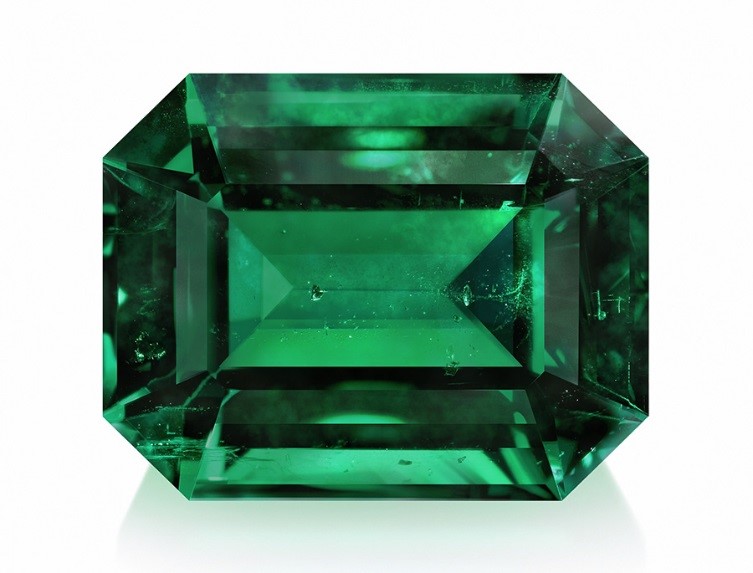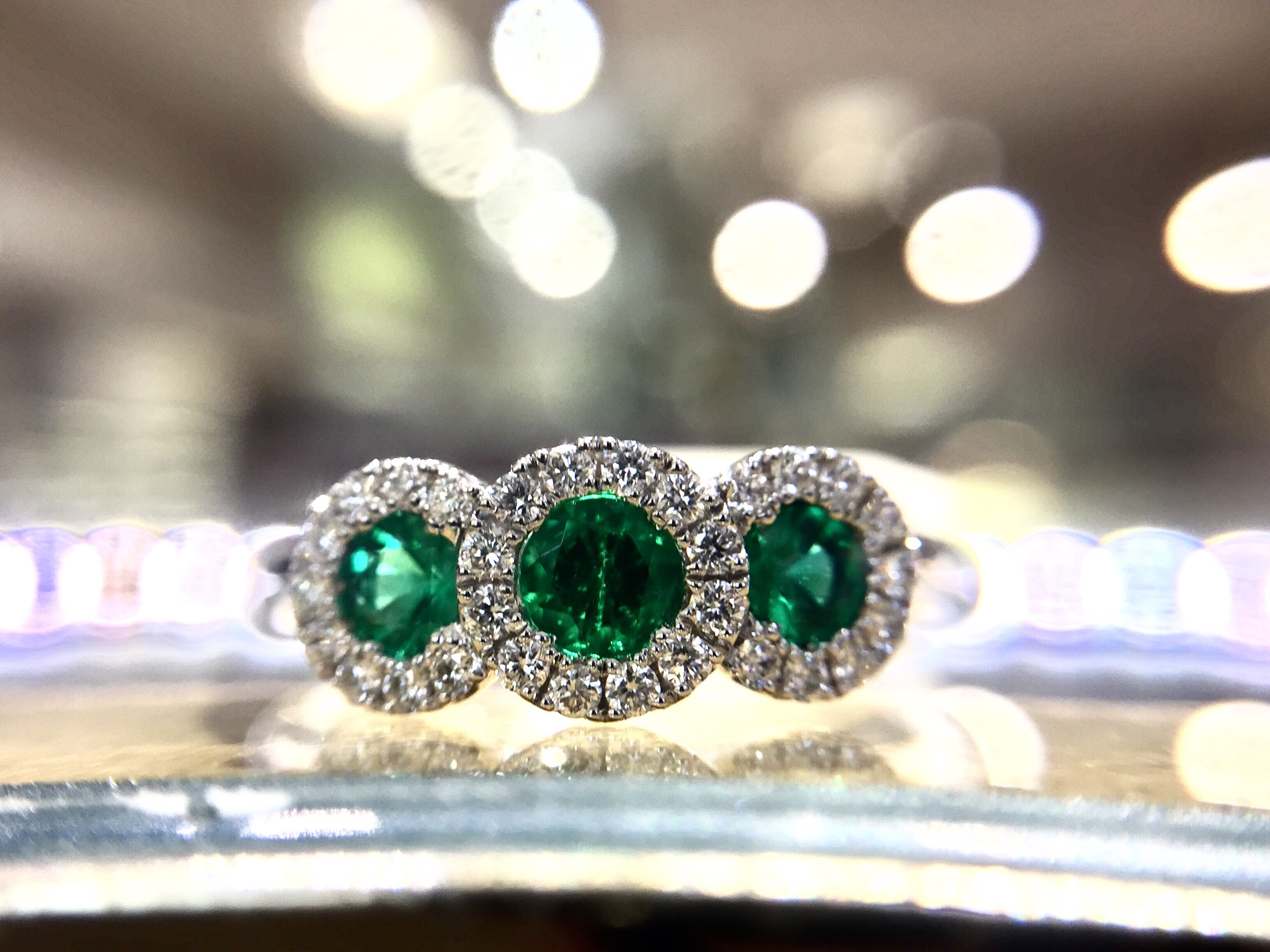
Emerald
“Lapidaries have no better method of restoring their eyes than by looking at the emerald, its soft, green color comforting and removing their weariness and lassitude.”
– Ancient Philosopher Pliny
May’s Birthstone, Emerald has a history filled with culture, healing, and status. They were first mined in 330 B.C. and were popular amongst the Egyptians. Cleopatra had a reputation for her Emerald collection, and also owned all of the Emerald Mines during her reign as Pharaoh. As time went on, the legend of the Emerald grew to include multiple different powers that the stone would bring to its wearer. It was believed that the Emerald, can help with digestion, epilepsy, and stop bleeding. Due to its deep serene color, the stone also aid with stress, to ward of panic, and bring serenity. In the Age of Exploration, the Muzo Indians in Columbia, had prized Emerald mines that were so well-hidden, it took the Spanish Conquistadors nearly twenty years to locate them. Belonging to the Beryl family, these stones grow in a hexagonal shape with crystals sometimes forming up to a foot long.
Cleaning and Care:
The Emerald is durable enough for every day wear as long as the stone receives proper care and maintenance. Some estimates state that 90 percent or more of emeralds are fracture-filled. Since the great majority of fashioned natural emeralds contain filled fractures, it’s risky to clean them ultrasonically or with steam. Ultrasonic vibrations can weaken already-fractured stones, and hot steam can cause oil or unhardened resin to sweat out of fractures. Using warm, soapy water coupled with gentle scrubbing is the safest way to clean emeralds.
Heat can damage emeralds, especially by extending existing fractures. Light and chemicals can cause the oils, resins, and polymers used to fill surface-reaching fractures to alter in appearance or deteriorate.

